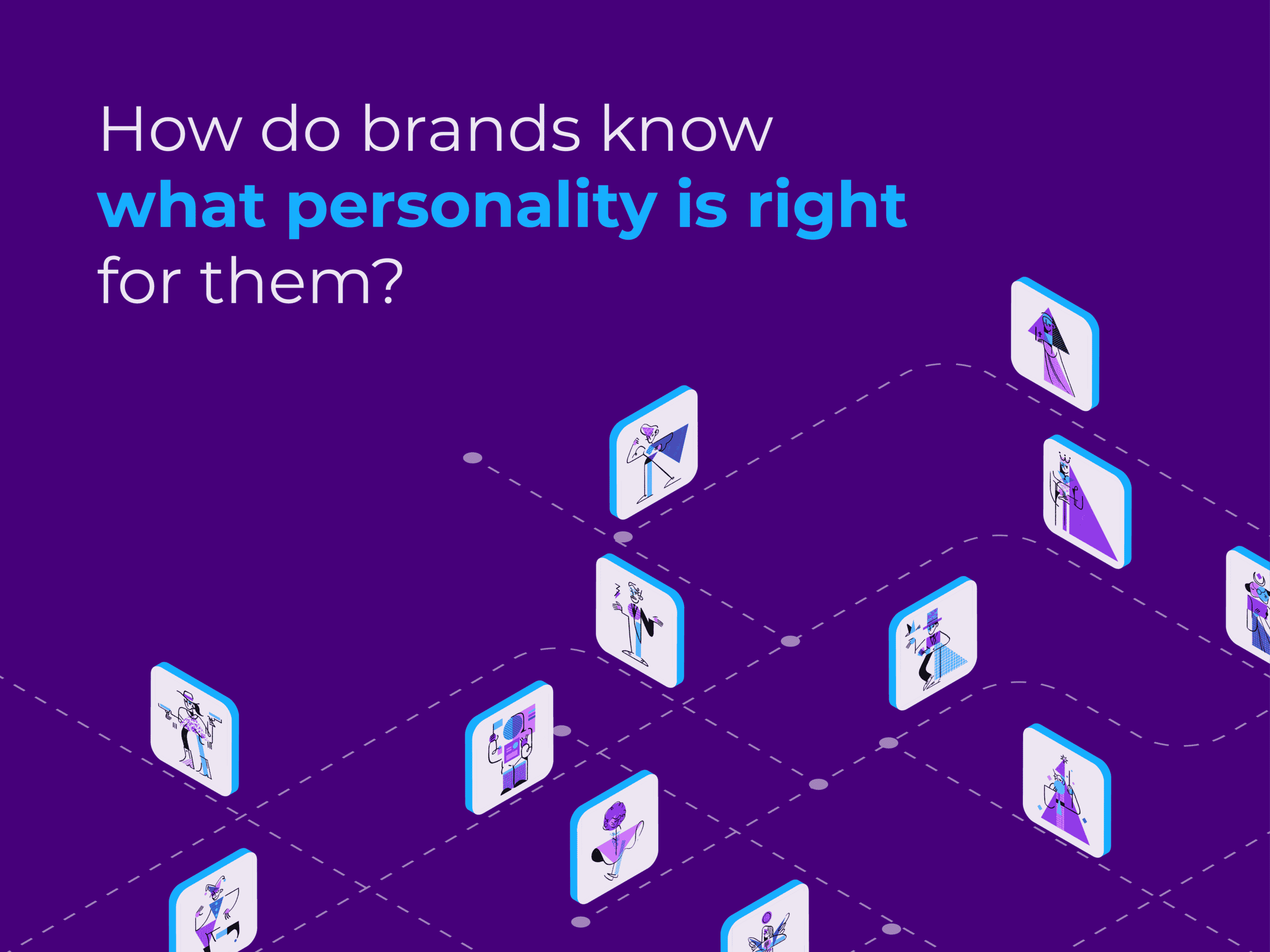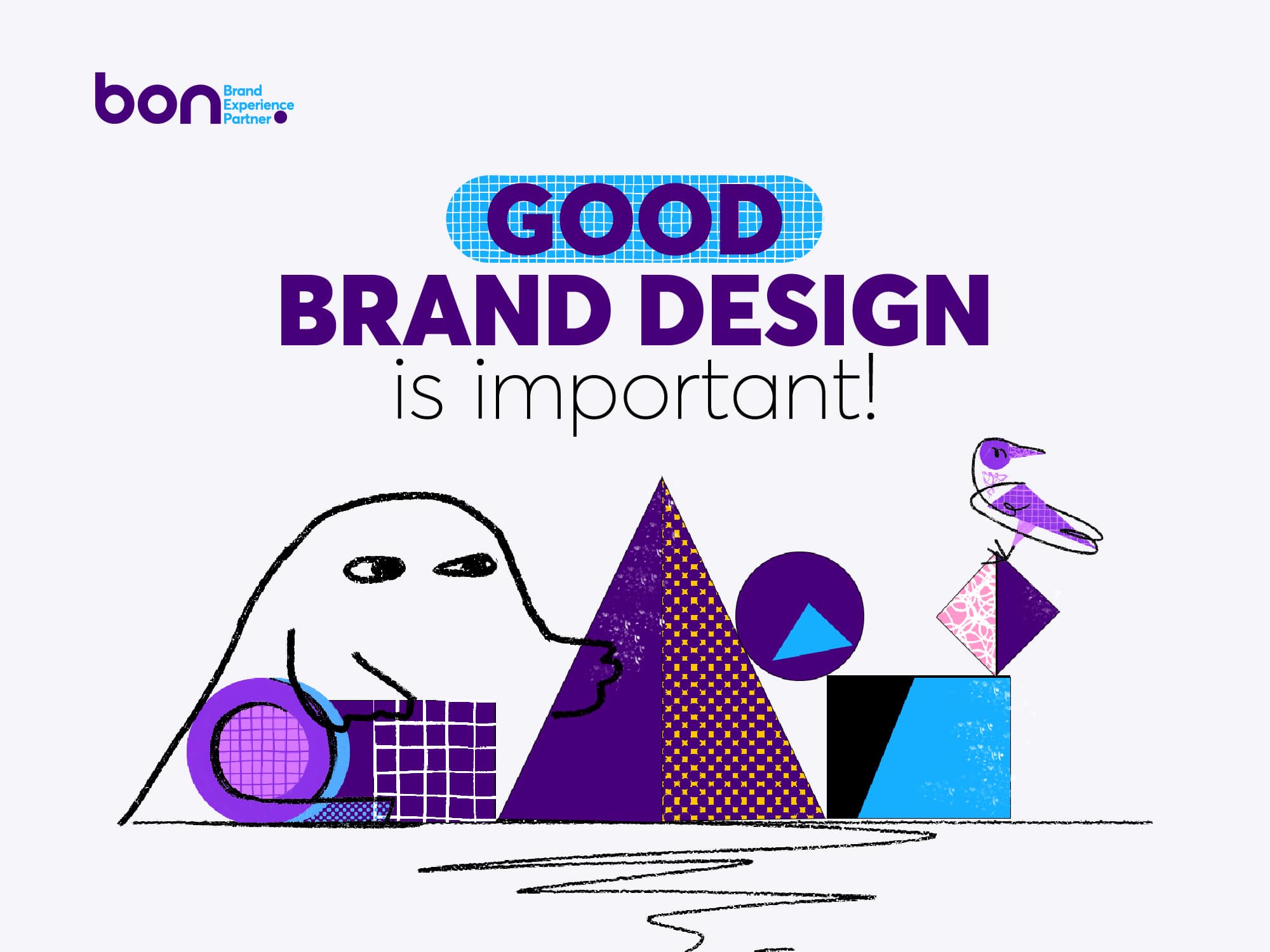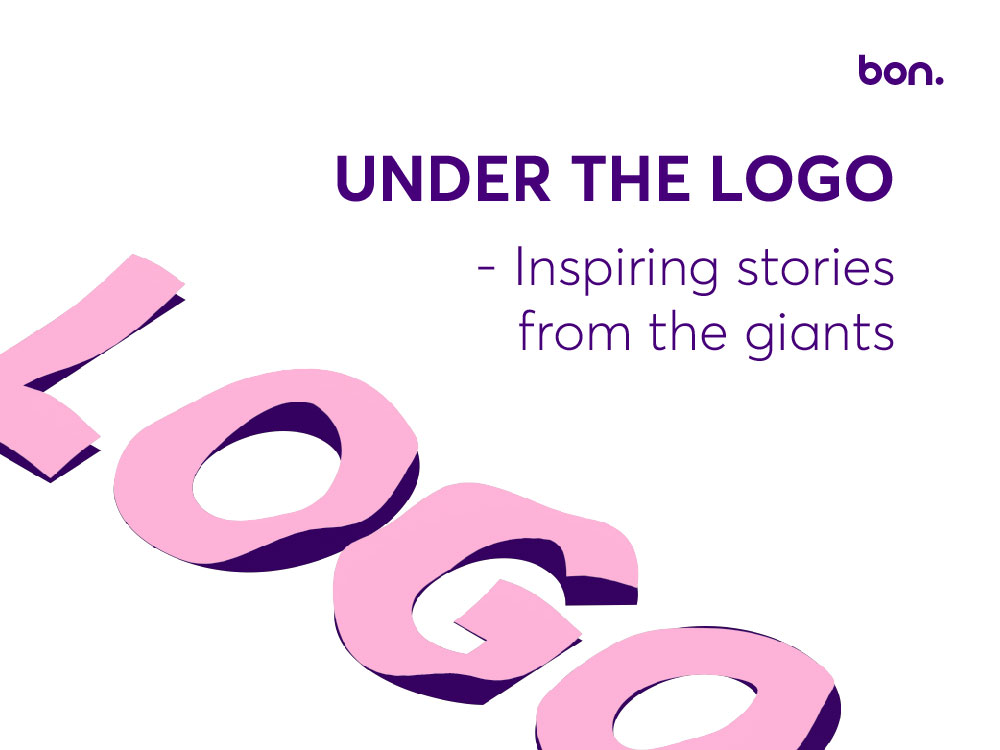THE REGULAR
“Popular? I know about popular!”
Hi! Nice to meet you, I’m Regular. Actually you might hear about me somewhere else with different nicknames like Everyman or Citizen. I’m happy with all, so you can call me any name that you like.
It’s easy to find me in mom-and-pop stores, local diners, and community events that have a down-home culture, genuine and caring (brands like Wrangler Jeans, Wendy’s, and Budweiser) because I love living normal life that surrounded with people or being a buddy for others. It creates a feeling of belonging and being accepted for my true self. I don’t think life has to be fancy, shiny and polished to be worth living as I don’t really desire about luxury or measure myself by status symbols, I prefer when things just as it is.

The “zodiac” sign to recognize me:
- Promise: Everyone is created equal
- Goal: To belong
- Fear: Being seen as elitist, not being welcomed
- Strategy: Develop common virtues; blend in
- Gift: Empathy and Authenticity
- Motivation: Belonging
- Categories that tend to have the Regular at the foundation: mom-and-pop stores, local diners, and social community networks, etc.
- Example brands have “the Regular archetype”: Wendy’s, Budweiser, IKEA, Facebook, etc.
How to bring me to life
Companies having me usually represent a pleasant and inviting family culture. Their products or services may appeal to a large audience or be applicable to a wide range of people, and they are usually meeting a basic need, nothing spectacular or excessive. With brands that wish to appeal to Regular people, they should focus on the experiences – approachable, responsive, and friendly will go a long way. While innovation is always vital, it is less of a concern for most Regular consumers. With a superior product in hand, brands should return to their roots and focus on providing consumers with the certainty of trustworthiness, reliability, and affordability.
“Regular” brand’s marketing frequently incorporates wholesome imagery and speaks in a vernacular tone. There are no outrageous allegations, nothing intended to shock and to focus on aspects that foster trust. Many brands also use social media to become even more relatable, open, and helpful to customers.
Which kinds of consumers match with me?
My perfect match is consumers who are friendly and helpful as kind neighbors. Even if they don’t know (or particularly like!) someone, they still spend the respect for others. They are trustworthy and believe in the value of hard effort. They are usually frugal and value the simple things in life. They are modest and have a soft spot for underdogs.
What is a Brand archetype?
Brand personality or a set of human characteristics is a part of brand equity, go along with brand image, consistently appear on brand’s communication and advertising activities. As such, a brand personality is something to which the consumer can relate. And building a strong brand archetype has a pivotal role in imprinting brand image in the consumer’s mind.
Why brand should own an archetype
In fact, most famous brands we know in the world like Nike, Starbuck, Volvo, Apple have developed and owned for themselves at least one archetype since brands were borned.
But owning an archetype is usually seen as a superfluous activity and underestimated by many SMEs business owners who take their first steps on the brand building process. No one tells them the true potential of embracing an archetype in terms of competitive advantage and attracting the right customers.
Archetype helps brands stand out
Do you want to know how to stand out in a crowded market? A powerful archetype might be the solution. Archetypes motivate you to go deep into your brand’s history and discover the why behind all you do. The people, locations, and ideas that influenced the beginnings of your company are absolutely unique to your brand. This is especially crucial to remember if your business and another company in your sector have the same archetype.
Archetype makes up the color of brand experience
Archetypes set the tone for consumer interactions and relationships. A brand with a caretaker archetype, for example, will radiate a helpful, pleasant, and supporting demeanor. After establishing these traits, a consumer will build expectations for the next brand experience. Hopefully, the brand lives up to the hype. When this occurs, a consumer comes to trust you and your products. A loyal client base is built on repeated, consistent encounters.
Archetype helps to attract right customer
The value of archetypes lies in their ability to be individually adapted to the requirements and desires of your audience. In other words, archetypes are used by businesses to create a link between a customer’s demand and your offering. This enables people to realize how your product may help you achieve your personal objectives, in a deeper way, more authentic interactions with customers.
Obtaining an archetype with a clear set of characteristics, tone of voice, the way brands appear on each media platform will help the brand stand out in the crowd where everyone is trying to walk in the fog without any self-brand understanding.
Other Articles
All Articles







